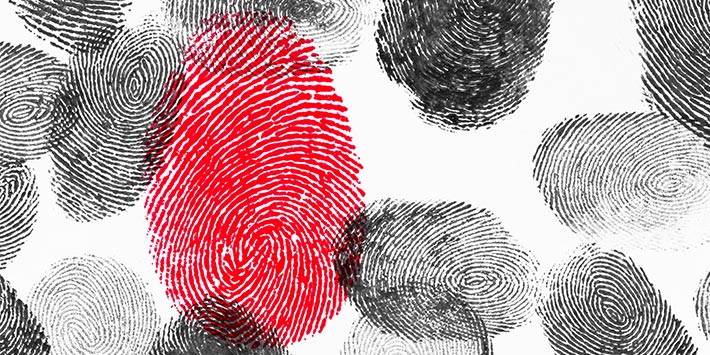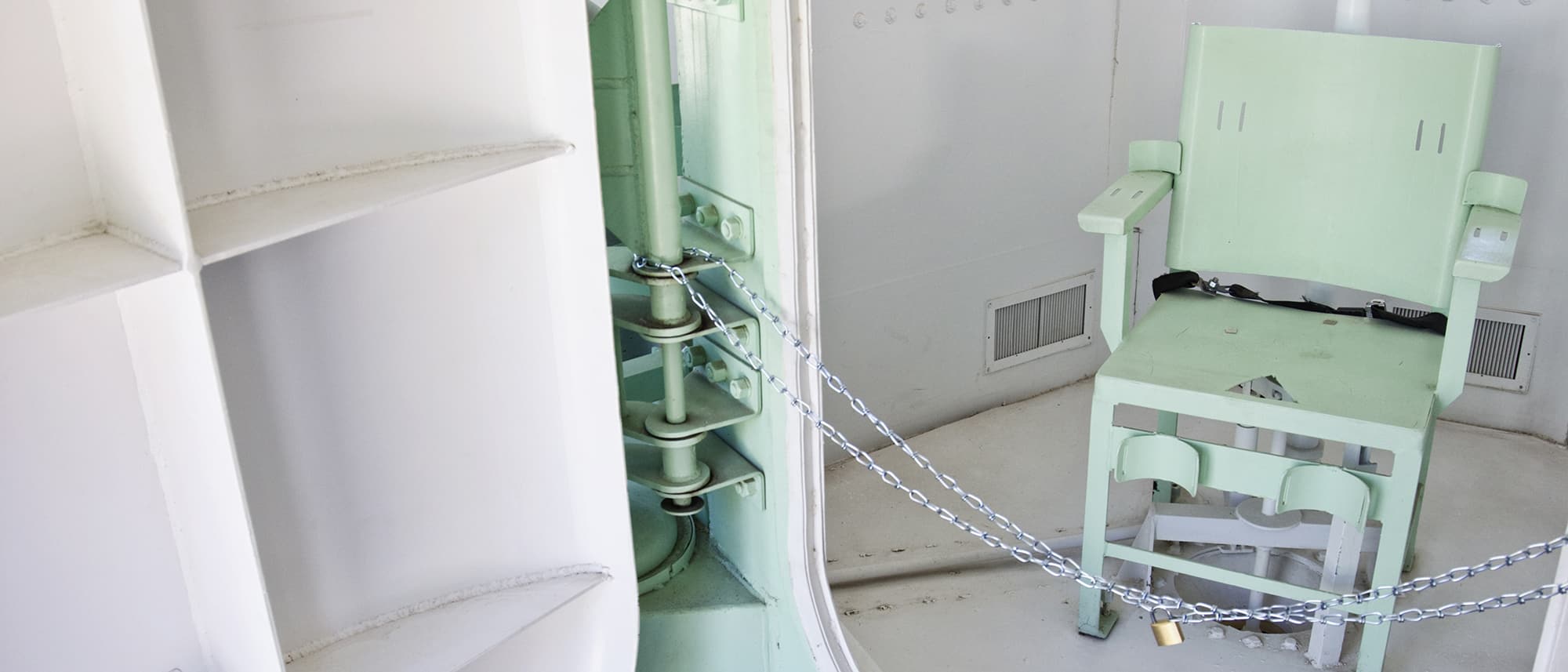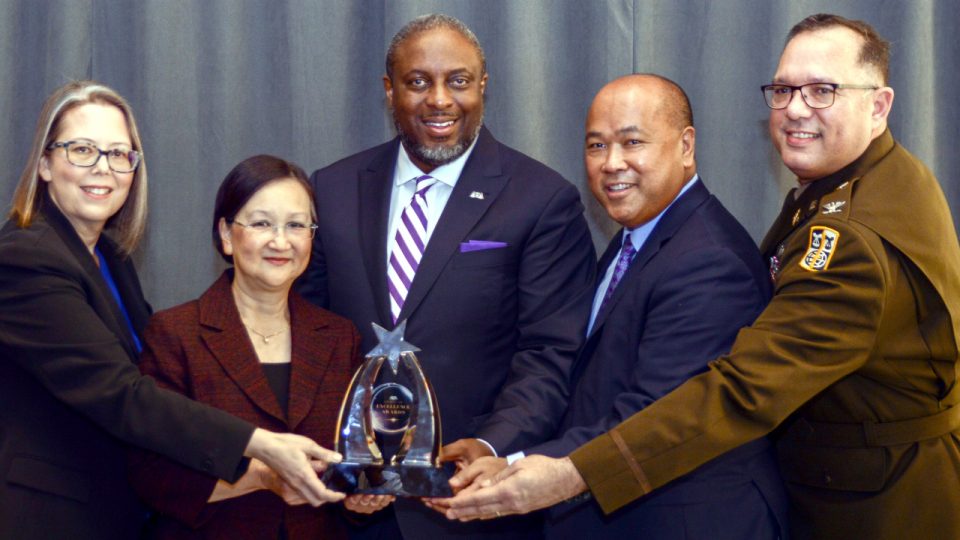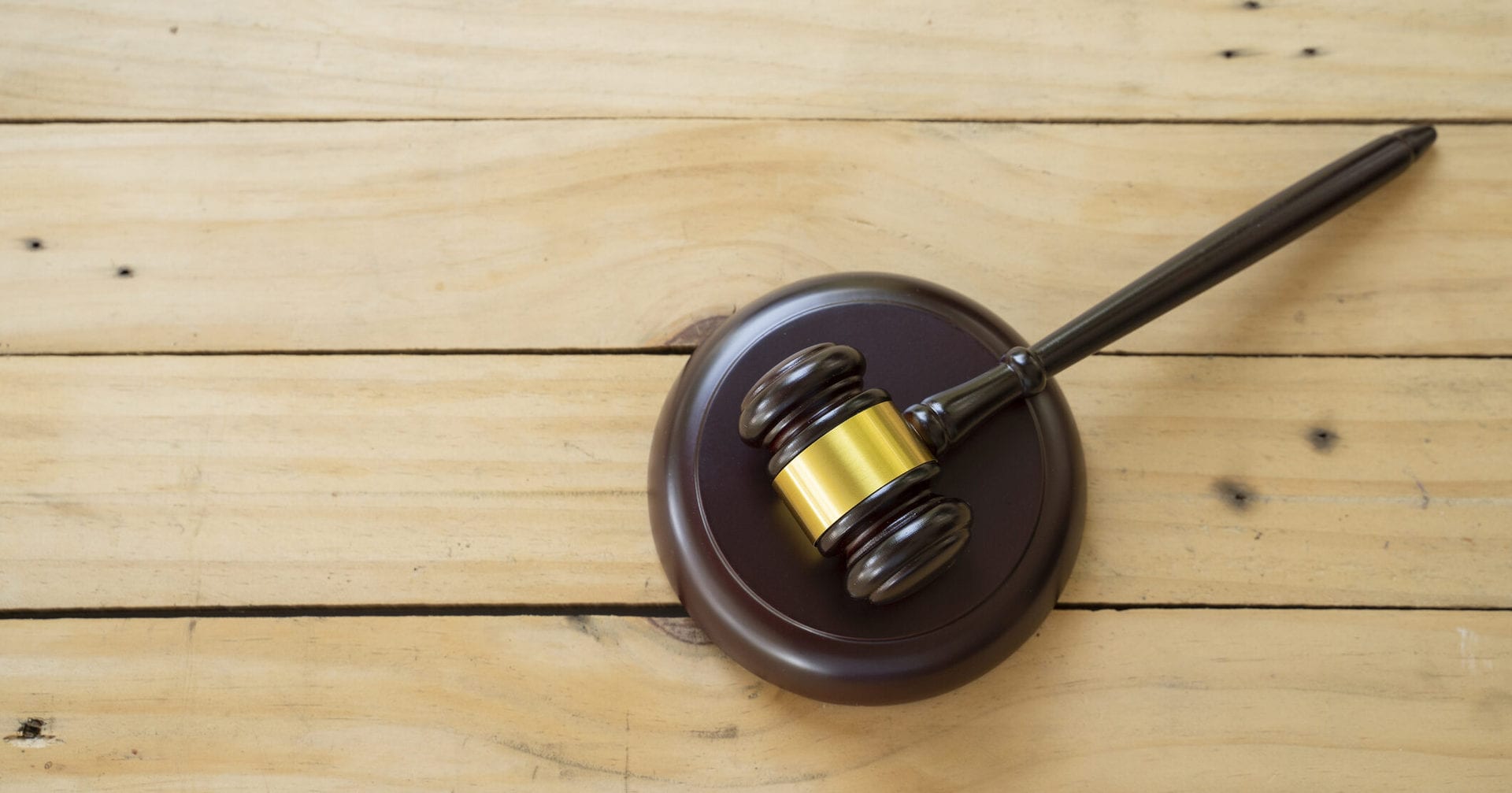
By Prof. Penny White

Federal Rules of Evidence
The Federal Rules of Evidence govern the introduction of evidence at civil and criminal trials in United States federal trial courts. The current rules were initially passed by Congress in 1975 after several years of drafting by the Supreme Court. The rules are broken down into 11 articles:
- General Provisions
- Judicial Notice
- Presumptions in Civil Actions and Proceedings
- Relevancy and Its Limits
- Opinions and Expert Testimony
- Authentication and Identification
- Contents of Writings, Recordings and Photographs
- Miscellaneous Rules
This article will focus on Rule 901 — Authenticating or Identifying Evidence — and the judge’s role in the Federal Rules of Evidence.
Establish Evidentiary Foundations
Evidentiary foundations must be established before any type of evidence can be admitted. These predicates to admission apply regardless of whether the evidence is verbal or tangible, but for some types of evidence, the foundation is largely subsumed into the presentation of the evidence itself. For example, the foundation for verbal evidence is generally a requirement that the testifying witness have personal knowledge of the matter in question. This foundation is rarely established by asking the witness specifically whether he or she has personal knowledge. Rather, it is included in the witness’ testimony which discloses that the witness experienced the occurrence. But for all types of evidence, the evidentiary foundation requires authentication before other issues of admissibility are considered.
Tangible Items of Evidence
Scholars at common law recognized that authentication and identification of tangible items of evidence represented a “special aspect of relevancy.” McCormick §§179, 185; Morgan, Basic Problems of Evidence 378 (1962). Wigmore describes the need for authentication as “an inherent logical necessity.” 7 Wigmore §2129, p. 564. The authenticity requirement falls into the category of conditional relevancy – before the item of evidence becomes relevant and admissible, it must be established that the item is what the proponent claims.
Authentication of Tangible Items of Evidence
The basic codified standard for the authentication of tangible items of evidence is “evidence sufficient to support a finding that the item is what the proponent claims it is.” Fed. R. Evid. 901. It is not necessary that the court find that the evidence is what the proponent claims, only that there is sufficient evidence from which the jury might ultimately do so. This is a low threshold standard. The laws of evidence set forth the general standard, followed by illustrations and a list of several types of self-authenticated documents. The proponent of any tangible or documentary evidence has an obligation, or burden of proof, to authenticate the evidence before requesting to admit or publish it to the fact- finder; if the opponent objects to its admissibility, based on any of a collection of rules, then the proponent must address that admissibility objection as well. Thus, all evidence must be both authenticated and admissible.
Determine the Presentation of Evidence
If both authentication and admissibility are established, then the court must determine how the evidence will best be presented to the trier of fact, bearing in mind that the court is obligated to exercise control over the presentation of evidence to accomplish an effective, fair, and efficient proceeding. Under Federal Rules 611, the court’s duty is to “exercise reasonable control over the mode and order of examining witnesses and presenting evidence so as to:
- Make those procedures effective for determining the truth
- Avoid wasting time
- Protect witnesses from harassment or undue embarrassment
Sometimes tangible evidence consists of fungible items that are not identifiable by sight. For tangible evidence that is not unique or distinctive, counsel must authenticate the item by establishing a chain of custody.
Establish a Chain of Custody
A chain of custody is, in essence, a consistent trail showing the path of the item from the time it was acquired until the moment it is presented into evidence. In establishing a chain of custody, each link in the chain should be sufficiently established. However, it is not required that the identity of tangible evidence be proven beyond all possibility of doubt. Most courts hold that “when the facts and circumstances that surround tangible evidence reasonably establish the identity and integrity of the evidence, the trial court should admit the item into evidence [but] the evidence should not be admitted, unless both identity and integrity can be demonstrated by other appropriate means.” See generally State v. Cannon, 254 S.W.3d 287, 296-97 (Tenn. 2008).
Additional Rules of Evidence Considerations for Tangible Evidence
For tangible evidence, in addition to authentication, the court must consider the following.
- Relevance rules
- The hearsay rules
- The original writing rules
- When appropriate, must balance the probative value of the tangible evidence against the dangers that its introduction may cause
The court in a jury trial must also consider what method of producing the evidence to a jury is most conducive to a fair and efficient fact-finding process.

Electronic Evidence
In order to admit electronic evidence, the same rules apply, but the content of electronic electronically stored information (ESI evidence) may implicate other rules such as the opinion rules and the personal knowledge rule. Most scholars and courts agree that the issues related to the authentication and admissibility of electronic evidence simply depend on an application of the existing evidence rules. Although technical challenges may arise, the rules are flexible enough in their approach to address this new kind of evidence.
Checklist for Authenticating Evidence in Court
The Federal Rules of Evidence apply regardless of whether the evidence is submitted in a civil case or criminal trial. To ensure that evidence is authentic and admissible, follow this five-point generic checklist for the authentication of tangible, documentary, or electronic evidence:
1. Is the evidence relevant?
Does it make a fact that is of consequence to the action more or less probable than it would be without the evidence?
2. Has the evidence been authenticated?
Has the proponent produce “evidence sufficient to support a finding that the electronic evidence is what the proponent claims?”
3. Is the evidence hearsay?
Is the evidence offered to prove the truth of what it asserts? If so, does it satisfy a hearsay exception? Are confrontation rights implicated?
4. Is the evidence a writing, recording, or photograph?
Is it offered to prove the content? If so, is it either the original or a duplicate (counterpart produced by the same impression as the original, or from the same matrix, etc.) unless genuine questions of authenticity or fairness exist?
5. Is the probative value of the evidence substantially outweighed by the danger of unfair prejudice, confusion of the issues, or misleading the jury, or by considerations of undue delay, waste of time, or needless presentation of cumulative evidence?
Of course, there are many other tools that a judge may use to rule on tangible and electronic evidence, each with its own benefits and limitations.
Penny White is the Director of the Center for Advocacy and Elvin E. Overton Distinguished Professor of Law at the University of Tennessee College of Law. She teaches in several of NJC’s evidence courses including Fundamentals of Evidence, Advanced Evidence, and Criminal Evidence.

RENO, Nev. (Jan. 26, 2024) — The nation’s oldest, largest and most widely attended school for judges �...

RENO, Nev. (Feb. 7, 2024) — National Judicial College President & CEO Benes Z. Aldana received the Am...

It’s the bear, by a clear majority. A bear to be called Bearister. January’s Question of the Month* ...

Retired attorney Rob Hunter, whose long legal career in Alabama included providing legal representation to ...
Download a PDF of our 2024 course list

IMAGES
VIDEO
COMMENTS
Books, journals, websites, newspapers, magazines, and documentary films are some of the most common sources of evidence for academic writing. Our handout on evaluating print sources will help you choose your print sources wisely, and the library has a tutorial on evaluating both print sources and websites. A librarian can help you find sources ...
1. Choose the right data and evidence. 2. Use visuals to display data and evidence. 3. Tell stories with data and evidence. 4. Avoid common pitfalls. 5.
Presentation Goals: With a manuscript in preparation and his upcoming search for a faculty position, Antonio has the following three goals for his presentation: 1) to highlight the significance of his research in a memorable way; 2) to keep the audience engaged, because his presentation is the ninth out of 10 talks; and 3) to receive feedback ...
Evidence in a presentation is used to prove an argument being made by an individual or group. Alternatively, evidence can be used to disprove or refute a fact or argument people disagree with or hold to be false. In order to persuade any internal or external audience, you need a combination of compelling evidence and effective storytelling ...
Presentation of Evidence The compelling presentation of evidence is a key dimension of a paper's quality. ASQ welcomes submissions from authors who think seriously about how to present their evidence in ways that make a paper easy to understand and compelling for readers. Part of researchers' craft is to draw
Style. Begin each body slide with a sentence-assertion headline that is left justified and no more than two lines. Support the assertion headline with visual evidence (photographs, drawings, graphs, films or words and equations arranged visually) - avoid bullet lists. In the body of the slide, use words only when necessary - design your ...
Partial presentation of evidence crops up across scientific literature and in the public domain. Often, the argument made is that people can't take in lots of information at once.
Microsoft Word - VTLA Evidence Paper. This paper was prepared by a Warshauer Law Group attorney, for an audience of lawyers, as part of a Continuing Legal Education program or for publication in a professional journal. If presented as part of a Continuing Legal Education program, the presentation included a speech and possibly a PowerPoint or ...
Evaluators use both comprehensive reports and targeted presentations to address stakeholders' information needs—evidence that matters to them. Targeted presentations can be as short as an "elevator pitch" or as involved as a visual abstract. 1 Using data visualizations (graphic or pictorial formats) ...
3 Use testimonials and case studies. Testimonials and case studies are another effective way to demonstrate research and evidence on slides. These examples show how your product, service, or idea ...
Summary, presentation and dissemination of evidence in different formats: Classroom + clinical practice: Lewis, 2016 : Research courses and workshops: The EBP1 course aimed to develop foundation knowledge and skills in EBP, with emphasis on three of the five EBP steps outlined in the Sicily Statement incl. Frame a research question…
Compilation and Presentation of Evidence. ARTICLE 2 October 2023. Evidence is how you or the opposing party can prove or refute the facts in your case. When presenting evidence in a trial, it's essential to consider a series of recommendations to avoid problems in the final stages of the case, states our Head of Litigation and Arbitration ...
4 Refine Your Data. If the criticism points to areas where your data could be refined or better presented, take this feedback seriously. Look at how you can improve the clarity and relevance of ...
This clarifies the overall purpose of your talk and reinforces your reason for being there. Follow these steps: Signal that it's nearly the end of your presentation, for example, "As we wrap up/as we wind down the talk…". Restate the topic and purpose of your presentation - "In this speech I wanted to compare…". 5.
The different categories of evidence that you will come across in your study of the law of evidence are outlined below. It is important to note that there is a degree of overlap between them, so they are not mutually exclusive. 1.4.1 Direct evidence Direct evidence is evidence which directly proves or disproves a fact in issue. An obvious
The assertion-evidence approach is an effective way to make scientific presentations. Assertion-evidence talks are more focused, understood better by audiences, and delivered with more confidence. Rethinking Presentations in Science and Engineering Michael Alley, Penn State
Plaintiff used a PowerPoint presentation in closing argument that consisted of a detailed summary of trial testimony, documents and other evidence as well as a 'comprehensive evaluation of such evidence vis a vis jury instructions.'. The costs included charges for creating designated excerpts from deposition transcripts and video ...
That applies to trial preparation - especially in relation to gathering, organizing, and presenting. Good organization, from the very beginning, should result in the best possible presentation. Attorney William Geary practices solely family law in Ohio. He is admitted to the Ohio Courts, the Federal Court for the Southern District of Ohio ...
Determine the Presentation of Evidence. If both authentication and admissibility are established, then the court must determine how the evidence will best be presented to the trier of fact, bearing in mind that the court is obligated to exercise control over the presentation of evidence to accomplish an effective, fair, and efficient proceeding.
Rule 2: Spend only 1 minute per slide. When you present your slide in the talk, it should take 1 minute or less to discuss. This rule is really helpful for planning purposes—a 20-minute presentation should have somewhere around 20 slides. Also, frequently giving your audience new information to feast on helps keep them engaged.
The delivery of evidence in the UK Courts of Law in part involves extensive oral descriptions of events and evidence from an investigation, which can be a time consuming and laborious task (Schofield 2016).In terms of evidence relating to a crime scene, verbal statements, printed photographs and sketches of the scene may be used (Lederer 1994; McCracken 1999).
Here are a few tips for business professionals who want to move from being good speakers to great ones: be concise (the fewer words, the better); never use bullet points (photos and images paired ...
10 Steps for Presenting Evidence in Court. When you go to court, you will give information (called "evidence") to a judge who will decide your case. This evidence may include information you or someone else tells to the judge ("testimony") as well as items like email and text messages, documents, photos, and objects ("exhibits").
Presentation skills are the abilities and qualities necessary for creating and delivering a compelling presentation that effectively communicates information and ideas. They encompass what you say, how you structure it, and the materials you include to support what you say, such as slides, videos, or images. You'll make presentations at various ...
When in doubt, adhere to the principle of simplicity, and aim for a clean and uncluttered layout with plenty of white space around text and images. Think phrases and bullets, not sentences. As an ...
Poster, Presentation, Protocol or Paper. Deposit scholarly works such as posters, presentations, research protocols, conference papers or white papers. If you would like to deposit a peer-reviewed article or book chapter, use the "Scholarly Articles and Book Chapters" deposit option.
Black Diamond Therapeutics, Inc. presented real-world evidence of the evolving epidermal growth factor receptor mutation landscape in non-small cell lung cancer, and the potential of BDTX-1535 to address a broader range of mutations compared to existing therapies. ... The oral presentation, titled "BDTX-1535 - A MasterKey EGFR Inhibitor ...
Invitae (OTC: NVTA), a leading medical genetics company, today announced new studies to be presented at the American Society of Breast Surgeons Annual Meeting (ASBrS) held in Orlando from April 10-14, 2024. The featured research will highlight how machine learning can reduce variants of uncertain significance (VUS) in patients who have received genetic testing for breast cancer, in addition to ...
In a program hosted by the Allegheny County Bar Association, litigation partner Wendy West Feinstein delivered a presentation, Recent Amendments to Federal Rule of Evidence 702: What Every Attorney Needs to Know. The program provided an overview of Federal Rule of Evidence 702: Testimony by Expert Witnesses and addressed recent amendments to the rule.